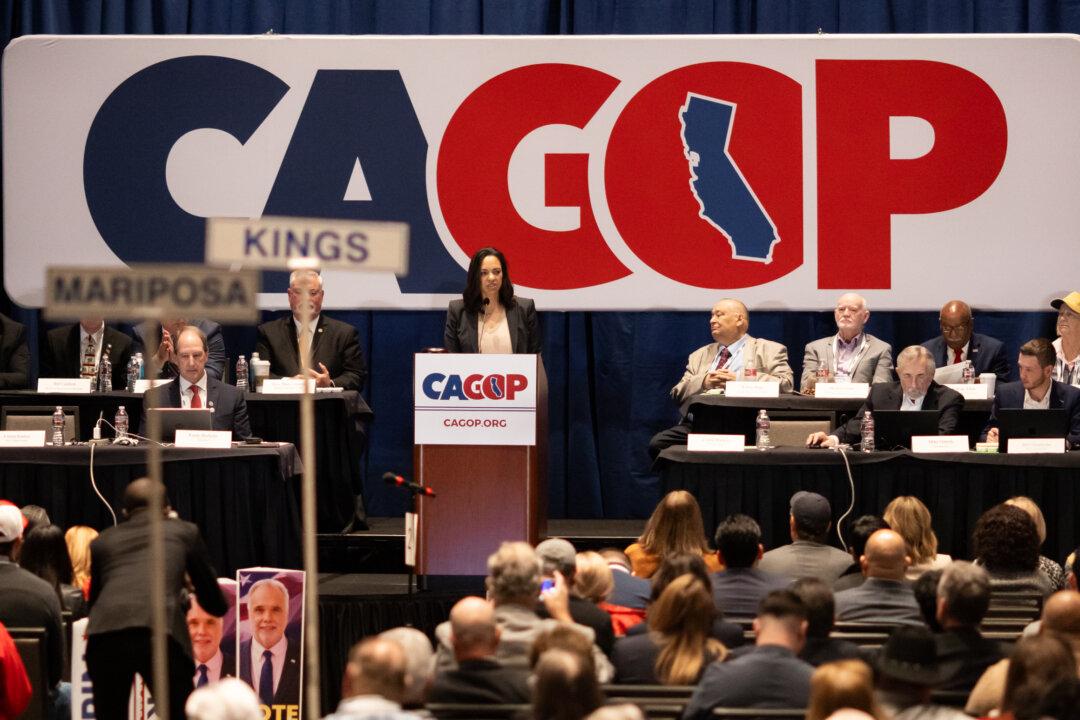More than three years after California legalized marijuana farms and the cannabis industry, the state announced the seizure of nearly a million illegally-grown pot plants and arrested 148 people in raids in 2019.
But still, not enough is being done to enforce existing laws governing the cannabis industry—legal or not—say groups such as Americans Against Legalizing Marijuana (AALM).
The joint raids were part of the Campaign Against Marijuana Planting (CAMP) Program, the largest illegal marijuana eradication program in the United States, California Attorney General Xavier Becerra said in Nov. 4 media release.
“Illegal cannabis grows are devastating our communities. Criminals who disregard life, poison our waters, damage our public lands, and weaponize the illegal cannabis black market will be brought to justice,” Becerra said. “This year, our CAMP teams worked tirelessly across the state to vigorously enforce California’s laws against illegal cannabis activity.”
This year, CAMP eradicated 953,459 marijuana plants from 345 grow sites across the state. A total of 168 weapons were seized in the raids, according to the release. Last year, there were 254 raids, 614,267 pot plants seized, 52 people arrested, and 100 guns confiscated.
The CAMP operations were led by the California Department of Justice and included local, state, and federal agencies. Agents were divided into three teams that encompass the Northern, Central and Southern California regions, with teams covering 35 counties in the state.
Aside from the CAMP raids, 10 million pot plants were confiscated in a separate bust in Kern County in late October. The illegal plants, which had an estimated street value of more than $1 billion, were grown under the guise of legal industrial hemp.
The plants were recovered from 11 fields spanning over 459 acres in the Arvin area, according to the Kern County Sheriff’s Department. Tests showed the plants contained THC levels well beyond the legal limit of 0.3 percent for industrial hemp. THC is the psychoactive substance in cannabis. The FBI and California Department of Fish and Wildlife assisted in the Kern County raid.
In 2016, California voters approved Proposition 64, which allows state residents to grow up to six marijuana plants for personal use. It also allowed larger pot-growing operations to apply for state licenses. Legal hemp farms must pay the appropriate license fees and taxes, tracking every plant harvested and sent to distributors.
Recreational sales of marijuana through licensed retail outlets also became legal on Jan. 1, 2018.
Scott Chipman, a spokesman for AALM, told The Epoch Times his conversations with law enforcement officers makes him believe more can be done to enforce state regulations. For example, even if hemp farms do comply with state regulations with legal THC content in the plants, that doesn’t mean THC can’t be extracted and concentrated later in the operation, Chipman said.
“Hemp, as a plant, is intended for use as a fiber, but they’re not using it as a fiber. They’re using it to extract THC or CBD,” he said. “Just because the plant itself is low strength, low potency THC, or low percentage THC, doesn’t mean it can’t be grown and then the THC concentrated from those plants. We see that all the time.”
As a non-profit educational organization, AALM opposes any form of legalization, decriminalization or normalization when it comes to marijuana usage.
“We certainly never expected to see a lot of compliance, because this is a business of drug dealing. It’s criminal activity. Many people who were operating criminally and operating illegal drug dealing businesses are those who got into this business in the first place,” he said.
The penalties are often minor enough that many hemp and marijuana farms simply consider penalties and fines a cost of doing business, Chipman contends.
Although advocacy groups claimed black market sales of illegal marijuana would decrease as a result of the legalization, the opposite has happened, he said.
“The black market in California produces about 10 times more marijuana than the so-called permitted market, and that black market is primarily transporting marijuana across state lines to other states,” he said. “We are the marijuana drug cartel for the Unites States. More marijuana is leaving California to other states than is currently coming across the Mexican border to the United States.”
With drug lords facing stiffer competition in the marijuana black market, some have turned to harder drugs, such as cocaine, heroin, and opioids, including fentanyl.
“The Mexican drug cartels are moving on to other items that are more profitable and less bulky,” Chipman said.





